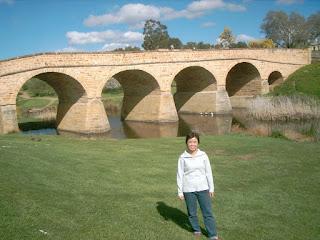Whether we are bringing our dog for the evening walks or engaging him in his regular dog training exercise, one very important and essential tool that we must have on hand is a dog lead/leash.
According Webster’s Dictionary, a dog lead/leash is basically a chain, rope or strap attached to the collar or harness of the dog, and is used to lead him or hold him in check.
And as responsible dog owners, we need to know the different types of dog leads/leashes that are available in the market, and what are the guiding principles in choosing the correct types of dog leads/leashes for our dog.
Finally we will also take a look at the common mistake and correct techniques in handling a dog lead/leash.
Common types of Dog Leads and Leashes
 Extending or Retractable leads - This type of dog lead ‘extends’ away from the owner for a certain distance before running out of slack. With these leashes, you have control of when to stop the lead extending further.
Extending or Retractable leads - This type of dog lead ‘extends’ away from the owner for a certain distance before running out of slack. With these leashes, you have control of when to stop the lead extending further. Slip leads - This type of lead is a simple lead with a loop on both sides. Adjustable clip is normally fixed at the end of the loop that tightens when pulled or loosens around the dog’s neck when there is no pulling.
Slip leads - This type of lead is a simple lead with a loop on both sides. Adjustable clip is normally fixed at the end of the loop that tightens when pulled or loosens around the dog’s neck when there is no pulling.This type of lead is normally used for training our dog as it offers good control over the dog.
 Nylon leads - Nylon dog lead is generally cheaper but can cause rubbing and digging into our dog’s skin. So we highly recommend avoiding this type of lead.
Nylon leads - Nylon dog lead is generally cheaper but can cause rubbing and digging into our dog’s skin. So we highly recommend avoiding this type of lead.  Bungee leads - These leads are made from bungee cord and work like a shock absorber when your dog pulls ahead of you or lunges suddenly. The sudden shock is absorbed by the bungee and the tension on the bungee will bring the dog back to your side with a gentle pull.
Bungee leads - These leads are made from bungee cord and work like a shock absorber when your dog pulls ahead of you or lunges suddenly. The sudden shock is absorbed by the bungee and the tension on the bungee will bring the dog back to your side with a gentle pull.Do you want to want to know how to choose the correct dog lead/leash for your dog and the correct technique in handling the dog lead/leash? ...
Fill in your first name and email address below
to receive the FREE REPORT
plus ... my collection of FREE Dog Training Tips
and a Bonus GIFT on "True Stories about Dogs and Cats" NOW.


No comments:
Post a Comment